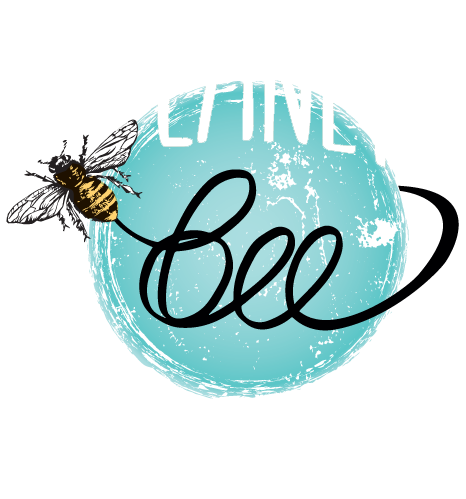
UNIT 3: NATIVE BEE & POLLINATORS
Tiny Garden Allies: Native Bees and Garden Invertebrates
Unit Connections within Curriculum:
This unit builds on previous concepts of ecosystems, decomposition, and soil health, showing how the diversity of pollinators and native bees are critical to plant reproduction and the overall health of ecosystems. By exploring pollination, students will connect the roles of invertebrates in nutrient cycling and ecosystem balance, reinforcing the importance of biodiversity in sustaining healthy environments.
Lesson 5: Active Allies: Powerful Pollinators
Learning Goal:
To explore the diversity of pollinators, how pollinators help plants grow and reproduce while supporting the environment and people.
Essential Questions:
What is pollination and why is it important?
How do flowers and bees rely on one another?
What are the parts of a flower and their role in pollination?
How do pollinators vary in appearance and behavior?
Learning Outcomes:
This unit builds on previous lessons about ecosystems, decomposition, and soil health, helping students understand the integral role pollinators play in plant reproduction and ecosystem sustainability.
Explain what pollination is and why it’s important for plants and humans.
Identify common pollinators in the local area.
Describe the role of flower parts (anthers, stigma, ovary) in the pollination process.
Define coevolution and explain how it applies to plants and pollinators.
Provide examples of how pollinators vary in appearance and behavior to adapt to different plants.
Key Vocabulary:
Pollinator, reproduce, native, invertebrates, pollination, pollen, anthers, stigma, fruits, ovary, ovum, mutualism, diverse, coevolution, evolution, adaptations
Standards:
NGSS: 3-LS1-1, 3-LS2-1, 3-LS3-1, 3-LS4-2, 3-LS4-3, 3-LS4-4, 4-LS1-1, 5-ESS3-1, 5-LS1-1, 5-LS2-1
CCSS: SL.3.1, SL.4.1, SL.5.1, SL.3.2, SL.4.2, SL.5.2, SL.3.4, SL.4.4, SL.5.4
Lesson 6: Active Allies: Powerful Pollinators
Learning Goal:
To explore the similarities and differences between native bee species, understand how various habitats provide unique resources, and learn how to observe these important pollinators in our environment.
Essential Questions:
What is a native bee and why are they important?
What are some ways bee species can be similar or different?
What are scientists doing to protect native bees?
How can we observe bees safely and effectively?
Learning Outcomes:
This lesson builds on the previous one by providing a deeper look into native bee species specifically, their behaviors, and the role of conservation.
List similarities and differences between honey bees and native bees.
Identify major parts of a bee’s body and describe their functions.
Describe the role of conservation science in protecting native bees.
Compare and contrast different native bee habitats, appearances, and behaviors.
Safely observe bees and other pollinators in their natural environment.
Key Vocabulary:
Monoculture(s), insecticides, extinction, metamorphosis, pathogen, camouflage, endangered, endemic, vulnerable/threatened, observation, foraging, nesting, community scientists
Standards:
NGSS: 3-LS1-1, 3-LS2-1, 3-LS3-1, 3-LS4-2, 3-LS4-3, 3-LS4-4, 4-LS1-1, 5-ESS3-1, 5-LS1-1, 5-LS2-1
CCSS: SL.3.1, SL.4.1, SL.5.1, SL.3.2, SL.4.2, SL.5.2, SL.3.4, SL.4.4, SL.5.4

